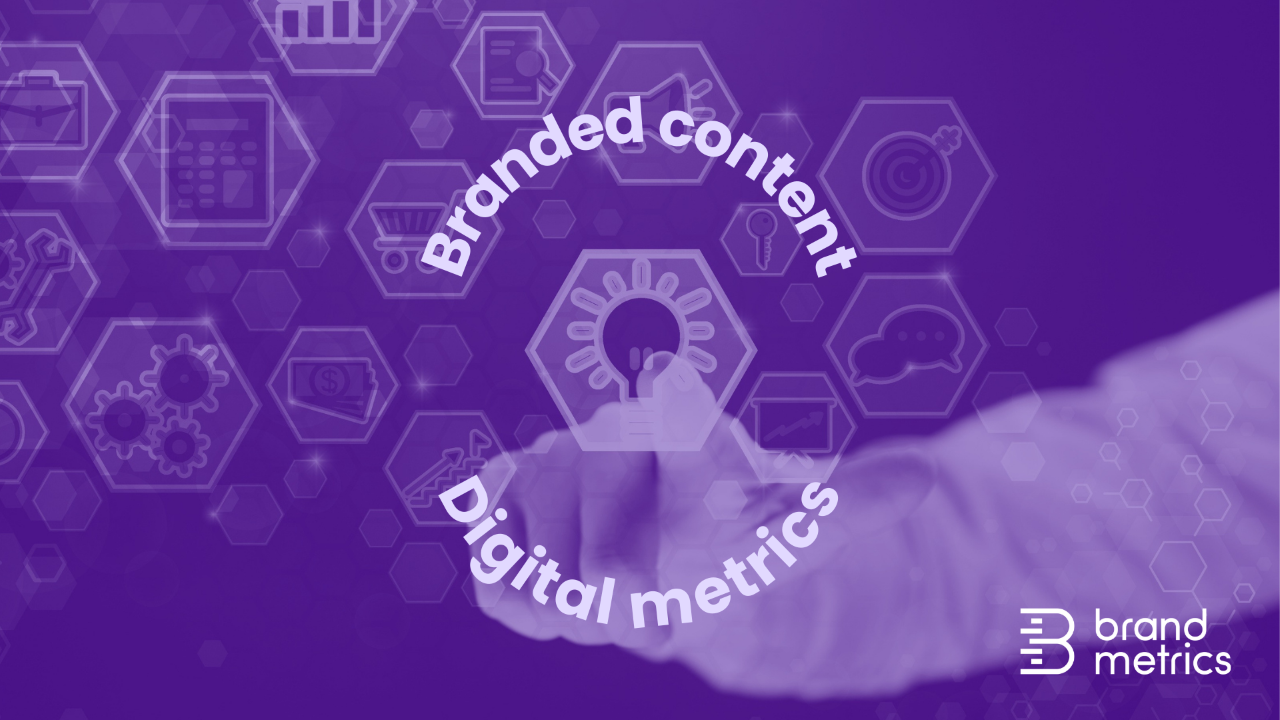Going native: opening up brand measurement for sponsored content

In marketing measurement, a 'little and often' approach is critical to long-term success. Just as putting a small amount of money away regularly builds up a nest egg, so measuring every campaign every time boosts marketing effectiveness, capitalises on campaign successes, reduces failures, and builds future value.
In a digital world awash with data, measurement should be simple. But while there's a huge volume of easy-to-measure metrics available to marketers, they're often used at the expense of essential-to-measure ones. W Edwards Deming's famous quote, “Just because you can measure everything, doesn't mean that you should”, still rings true as companies continue to rely on metrics demonstrating how campaigns are running, rather than on the results they're achieving.
When it comes to native advertising, there's a hierarchy of measurement criteria. At the most basic level is delivery: metrics like reach and page views can demonstrate if the creative arrived in the environment. Secondly, did consumers notice it? Measures such as dwell time, completion rates and attention metrics can prove that engagement. And finally - and crucially - did it work? Did it raise awareness? Did it drive purchase intent? Did it achieve its objective?
Each is important, but in fact, all are necessary, as measuring campaign success is only possible with effective delivery and engagement.
But gaining branded insights is difficult. All too often, performance metrics dominate conversations, starving advertisers of tangible evidence that native advertising is delivering a tangible brand impact.
Challenges to measuring native
So what's stopping native campaigns from being measured the way advertisers want? Well, it's not one, but multiple factors.
Cost is a big barrier. Marketing Mix Modelling and ad hoc research studies are expensive, so they are the preserve of big brands with big budgets. Identifying users exposed to native ads across small campaigns is also hard, meaning these cost and size challenges make traditional research prohibitive to many publishers.
For display ads, more advanced studies use frequency to measure campaigns: the more a user sees an ad, the greater its potential impact. But native advertising focused on engaging branded content is typically only seen once, so frequency isn't a viable discriminator. And with campaigns that incorporate multiple formats, each of which requires exposed audiences to be identified, this measurement challenge becomes complex.
Native campaigns are also pull-focused. People are actively choosing to engage with the content. This means that if you are adopting the traditional approach of splitting audiences into a test group, exposed to a campaign and a panel-based control group, you're not measuring like for like. You’re measuring different types of people, and that in turn results in misleading insights.
Larger publishers have in-house research teams, it’s true, but these are often over-stretched, so identifying which campaigns to measure – and how many can realistically be measured by the team – can also prevent a consistent and accurate measurement strategy from being implemented at scale.
A sea of opportunities
At Brand Metrics, we're addressing these challenges and opening up new opportunities for measuring native advertising brand performance by offering a standardised survey methodology that collects data constantly and consistently.
Campaigns can be measured simply and inexpensively, even much smaller ones than was typically possible. And using time-in-view data in our brand lift calculations provides a more sophisticated way of differentiation, based on a visitors’ level of exposure to the campaign.
And what's exciting is that the data gained from more regular measurements are being leveraged to deliver a wealth of insights for publishers and advertisers.
Most critical is that brand lift can now become a key KPI for native campaigns. Using the data to feed a steady learning process allows publishers to measure more campaigns and apply greater insights into their effectiveness. By discovering the optimum levels for brand lift delivered across their properties, they're making the data an integral part of their advertiser conversations and engaging those brands who can benefit the most from it.
And publishers are discovering they can support smaller campaigns. Schibsted Norway found over half of the campaigns it measured (52%) were less than 50,000 impressions, and it could even still deliver meaningful measurement on campaigns of just 10,000 impressions. This approach is helping democratise native brand lift measurement by opening it up to a wealth of smaller companies.
This ability to measure is also encouraging publishers to develop new native formats. They are expanding their portfolios by testing them and rolling out those that deliver strong uplift – giving them still more reasons to speak with brands and helping attract new advertisers.
And the more publishers deliver brand uplift, the more attractive their sales narrative becomes. Weaving new proof points into their presentations and showcasing the value of native content is helping sales teams win more advertising dollars from existing and new clients.
When it comes to native advertising, using the wrong metrics, and measuring only infrequently, have been limiting factors for publishers. But now publishers are becoming critical partners for advertisers by adopting the right metrics for measuring native advertising and doing it frequently.
By taking a 'little and often' approach, they're now building extensive, consistent, and accurate data, allowing them to benchmark performance, optimise campaigns and deliver better native advertising outcomes.











